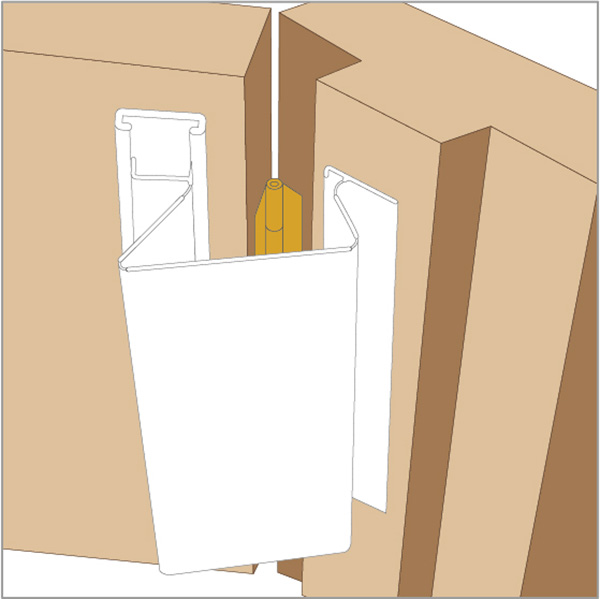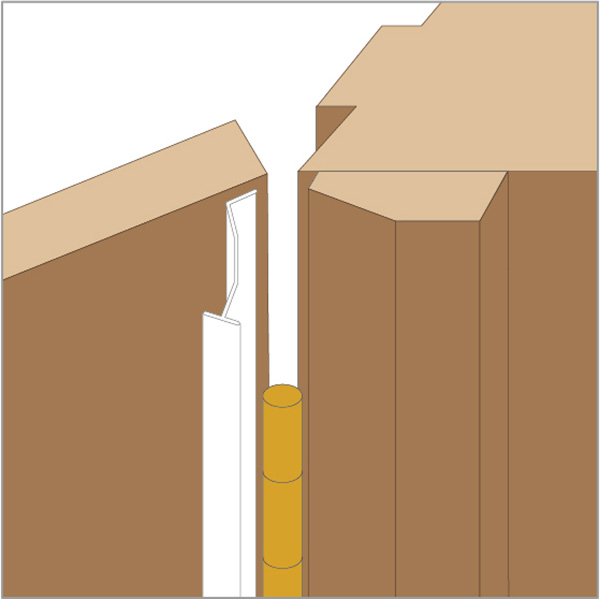Kindagard® is a finger guard for doors that protects fingers from being trapped in the gap between the door and the door frame when the door closes
Help prevent accidents by fitting Kindagard finger protection. It is an easy and inexpensive way to protect children and other vulnerable individuals from the dangers posed by closing doors.
Suitable for domestic and commercial use, Kindagard is ideal for nurseries, schools, offices, hospitals and residential care homes.
Pre-cut length of 1.95m (suitable for standard UK doors), Kindagard fits easily in minutes with no special tools required. It is easy to clean and requires no maintenance.
Kindagard is available in white or brown, with an optional rear hinge protector.








